How to Prevent Mold in Your Bathroom
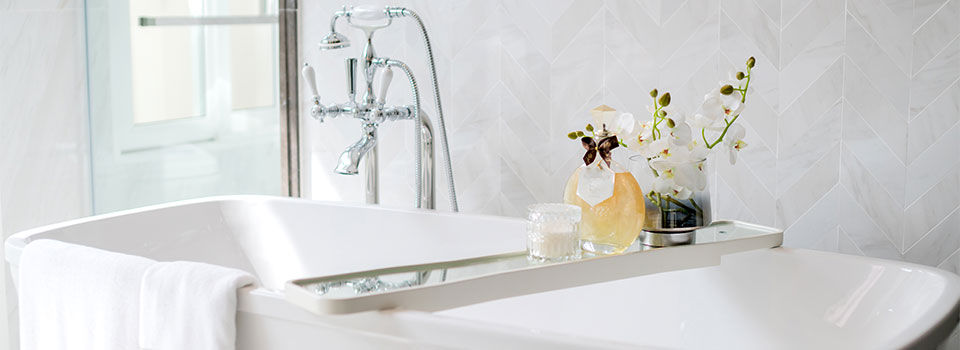
The bathroom is often written off as a place that’s always going to be a little musty and dingy. Yet there’s no need to give up and let mold win in the bathroom just because it’s a room prone to humidity. Managing the moisture levels in the bathroom after a shower or bath is the key to preventing mold and mildew growth throughout the bathroom. While mildew often starts in the shower or tub, it will quickly spread to other surfaces. Keep your bathroom clean and free from mold problems with these tips for moisture management.
Install a Vented Bathroom Fan

The most powerful tool in the fight against bathroom mold is a properly vented bathroom fan. If possible, the fan needs to exhaust outdoors, not just into the attic where the moisture can still settle and cause ceiling mold. Size the exhaust fan based on the square footage of the bathroom, including any space taken up by shower and bath enclosures. You want at least one cubic foot per minute (CFM) of air moving power per square foot of bathroom space. If you have higher ceilings or want more moisture management, try bumping the number up to 1.5 CFM per square foot.
Use a Mildew-resistant Paint
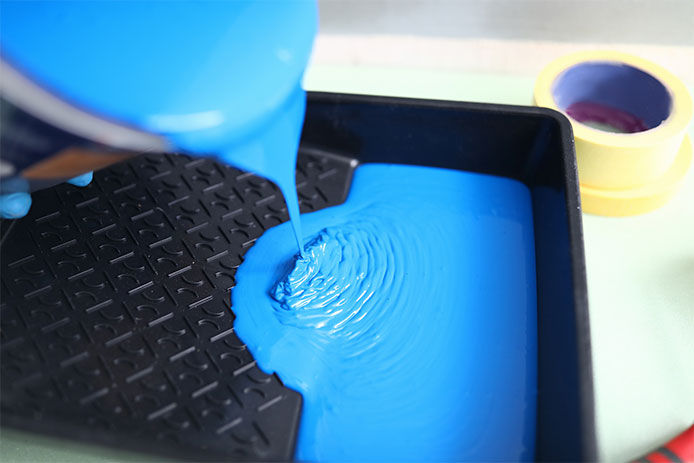
To boost the ventilation effect, help protect the walls from accumulating moisture with paint meant for high-humidity areas. Either choose a paint with mildew resistance built-in or add a mildew-resistant additive to the paint you prefer to use in bathrooms. Higher gloss and scrub resistance is useful in paints chosen for this room since you may need to spray and scrub the walls eventually to help stop any developing mildew.
Increase Light Levels
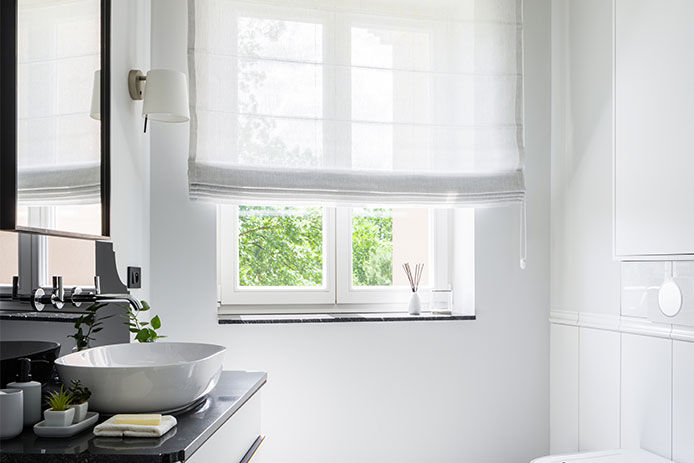
Most mold and mildew species that thrive in the bathroom prefer to grow in the dark. Leaving the curtains or blinds open on the windows in the bathroom when it’s not actively in use can make a big difference in reducing mildew growth. Even just installing brighter lighting can work if you keep it on for most of the day. While you may make a habit of turning off the lights when leaving a room, the bathroom is one place that can benefit from staying lit.
Seal the Grout
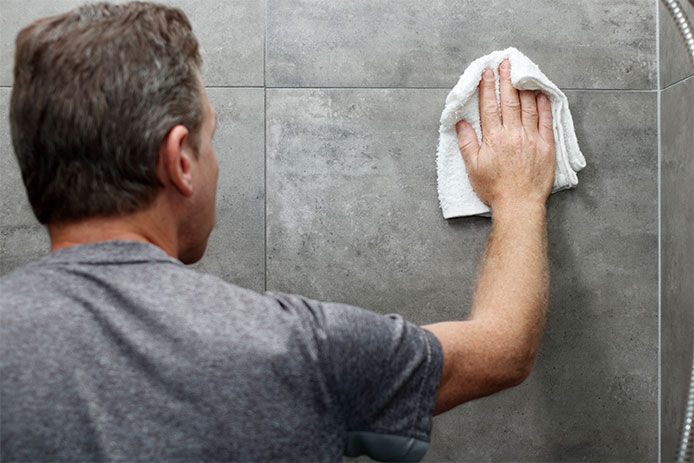
Grout between tiles may look intact but have plenty of tiny cracks that let moisture through, especially in the floor or shower surround. This moisture becomes trapped against the walls or subflooring and feeds mold that is hard to spot until it has spread throughout the entire room. Sealing the grout at least once a year not only helps stop this water penetration but it also makes the grout easier to clean on a weekly basis. Keeping grout mildew-free is the key to protecting the other surfaces in the bathroom, so keep that grout sealed to make that job easier.
Hang a Squeegee
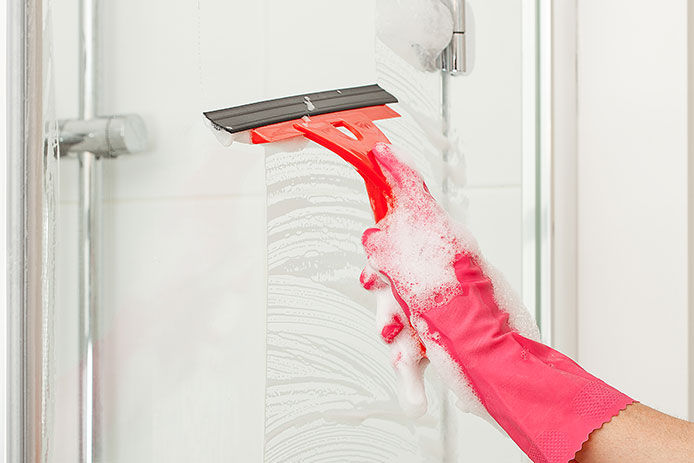
Cutting down on the amount of moisture evaporating off of wet surfaces also helps reduce mildew and mold growth. Let your fan take care of the steam and use a squeegee to tackle surface water on tubs, shower enclosures, and even countertops. Hang the squeegee in the shower or above the tub so that it’s easy to grab each time it’s needed.
Dry Mats and Towels
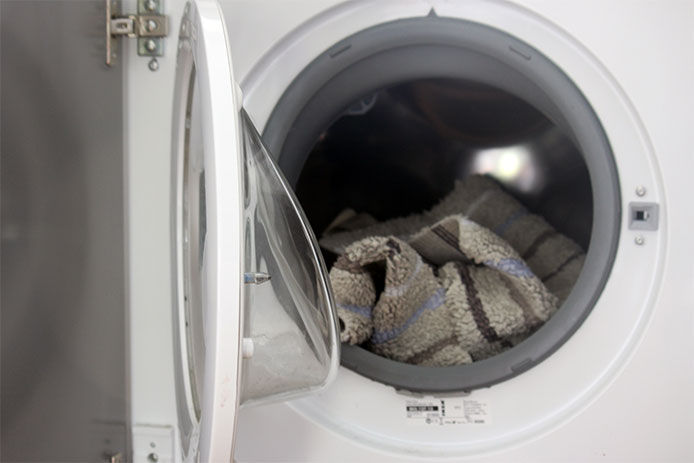
Water that splashes or drips on the floor needs to be dealt with as well, but most homeowners already know that. If you rely on bath mats for this task, they’re still releasing (or holding) that moisture after you finish your shower. Throwing these mats in the dryer for a few minutes after each use can dramatically cut down on mold growth. The same is true for towels, but don’t toss them at the same time as the mats. Wash bath mats and towels at least once a week, even if they’re thoroughly dried each use, so mold spores don’t build up and grow.
Deal with Drips
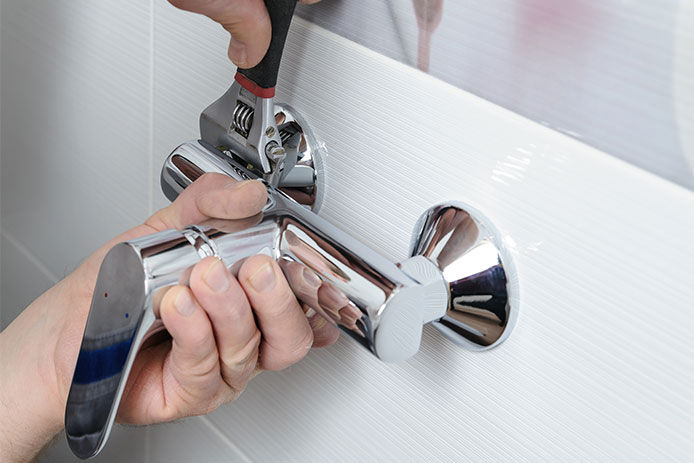
Some bathroom mold problems arise because there’s a constant source of moisture even when no one’s showering or bathing. Dripping taps and leaking pipes cause mold both in obvious and hidden parts of the bathroom. Tackle all drip and leak issues immediately and dry out the area thoroughly, treating with a mold preventative spray or undiluted vinegar.
Moldy bathrooms need extensive cleaning and a fresh coat of mildew-resistant paint to stop the cycle. Solve any humidity or leak issues first, or you’ll just see the mold returning again and again.
While do-it-yourself projects can be fun and fulfilling, there is always a potential for personal injury or property damage. We strongly suggest that any project beyond your abilities be left to licensed professionals such as electricians, plumbers, and carpenters. Any action you take upon the information on this website is strictly at your own risk, and we assume no responsibility or liability for the contents of this article.